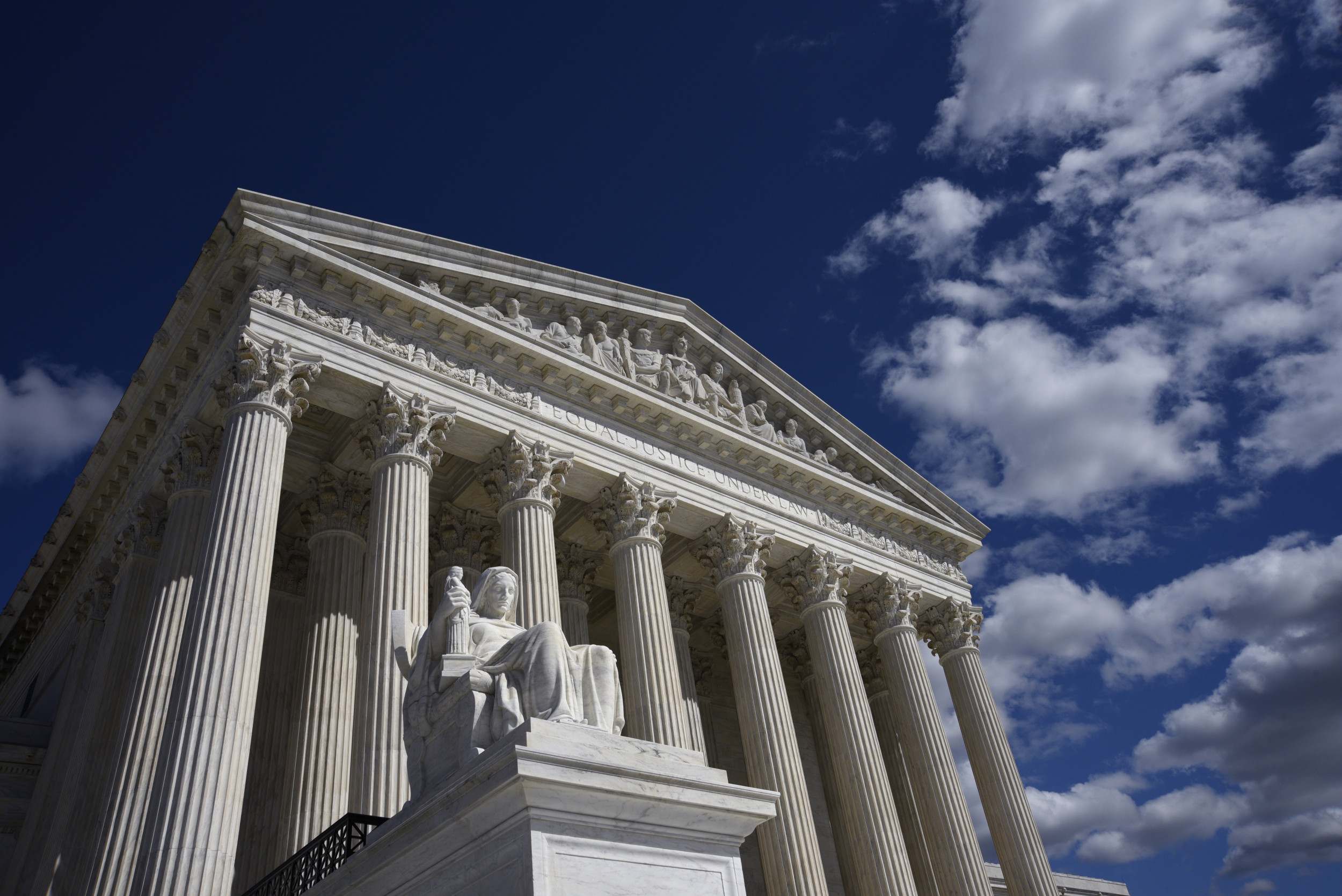Electric vehicles hold the promise to further cut tailpipe emissions linked to thousands of premature deaths in the U.S. But EV sales in the U.S. face a U-turn under the new Trump administration, threatening to reverse progress on the climate and public health impacts of transportation pollution.
New data from the U.S. Environmental Protection Agency released Monday shows that the country's vehicle fleet has reached its highest fuel efficiency and the lowest greenhouse gas emissions on record following a suite of federal policies supporting EV sales and placing stricter controls on auto emissions.
"Manufacturers continue to innovate and are bringing technologies to market which will directly improve air quality, better protecting people's health and saving lives," EPA Administrator Michael Regan said in a statement.
But President Donald Trump, who will return to office in January, has pledged to roll back emissions standards set by President Joe Biden and end the tax credits for EV purchases under the Inflation Reduction Act, or IRA.

A new analysis finds that a repeal of the EV tax credit could sharply reduce EV sales.
"Our calculation is that they would decrease by 27 percent," University of California, Berkeley, associate professor Joseph Shapiro told Newsweek.
In a working paper published by UC Berkeley's Energy Institute at the Haas School of Business, Shapiro and colleagues explored what would have happened to EVs last year without the $7,500 credit for EVs in the IRA. They found that EV registrations—the combined sales and leases—would drop each year by more than 300,000.
"It's the U.S. manufacturers who are disproportionately impacted," Shapiro added. The analysis found that because the IRA tax credits were crafted to support U.S. automakers, the elimination of the credits would only cause foreign-made EV sales to drop by about 2 percent.
The potential shift in EV policy carries major implications for U.S. climate policy and for the U.S. auto industry, which has invested heavily in EV and battery manufacturing. There are also enormous—and often overlooked—consequences for public health.
Continued Pollution Despite Progress
This year is the 50th anniversary of the EPA's Automotive Trends Report. In that time, the agency said, American vehicles have become 99 percent cleaner, cutting pollutants like particulate matter, soot and carbon monoxide that contribute to asthma, heart problems and cancer.
But despite that progress, the EPA said, pollution from cars and trucks still harms public health and accounts for nearly 17 percent of all U.S. greenhouse gas emissions.
Ray Minjares is program director for heavy-duty vehicles at the nonprofit International Council on Clean Transportation, and he has 20 years of experience in environment, energy and transportation policy. Minjares said a 2019 ICCT study found that even with the long-term improvements to clean up cars and trucks, their exhaust still made up nearly 20 percent of all outdoor air pollution Americans encounter.
Particulate matter and ozone from autos contributed to about 22,000 annual premature deaths in the U.S., the ICCT study found, and the social cost of that health burden was about $210 billion.
Minjares said that even with increased fuel efficiency and better emissions controls, health impacts from pollution will persist due to "the inherent fallibility" of the internal combustion engine.
"The way we get past that is we advance to zero-emission engines," Minjares said.
"That's the way we deal with these problems and put them to bed permanently."
Internationally, the toll from vehicle pollution was much higher, the study found, with 385,000 deaths attributable to transportation emission sources and approximately $1 trillion in health damages globally.
Diesel engines are responsible for a disproportionate amount of the pollution, Minjares said. In the U.S., roughly three-quarters of the most damaging tailpipe emissions came from diesel vehicles, especially heavy-duty trucks and buses.
"It would make sense from a public health perspective to really double down on controlling these heavy-duty diesel vehicles and, even better, electrifying them," he said.
In addition to the tax credits for EVs, the IRA and the Bipartisan Infrastructure Act included generous support for electrifying trucks and school buses and developing the charging infrastructure for them. Minjares said the EPA's new emissions standards on heavy trucks will likely require more truck makers to go electric. Many manufacturers and truck fleet operators are finding that the switch to electric yields long-term cost savings in a competitive global market, he said.
"If President Trump were to roll back federal rules on heavy-duty greenhouse gas standards, it would undermine their ability to compete with China and with Europe," Minjares said.
A Global EV Transition
Minjares said that in addition to federal incentives for EVs, state policies are also important, especially California's. California is not only one of the largest markets for auto sales, but it has also traditionally had a leadership role in regulating auto emissions.
California's Democratic Governor Gavin Newsom said in a statement Monday that if the Trump administration removes the EV tax credit, his state will be "doubling down on our commitment to clean air" by providing additional support.
"We're not turning back on a clean transportation future—we're going to make it more affordable for people to drive vehicles that don't pollute," Newsom said.
Minjares said that type of state support, the auto industry's heavy investment in EVs and global market trends all point to a continuing transition to electric drive regardless of whether the U.S. federal support for EVs is repealed.
"I don't think there's anything that President Trump can do to change the EV direction in this country," Minjares said.
Shapiro agreed that EVs now have a momentum that will be hard to stop.
"EVs are not Betamax," Shapiro said, in reference to the obsolete 1980s videotape format. "This is not like a technology that's going to appear and disappear overnight."
Shapiro said the health, climate and economic benefits that electric vehicles offer lead most analysts to conclude that the EV transition will happen: "The question is, how rapidly does it happen and where does the manufacturing occur?"




















 English (US) ·
English (US) ·